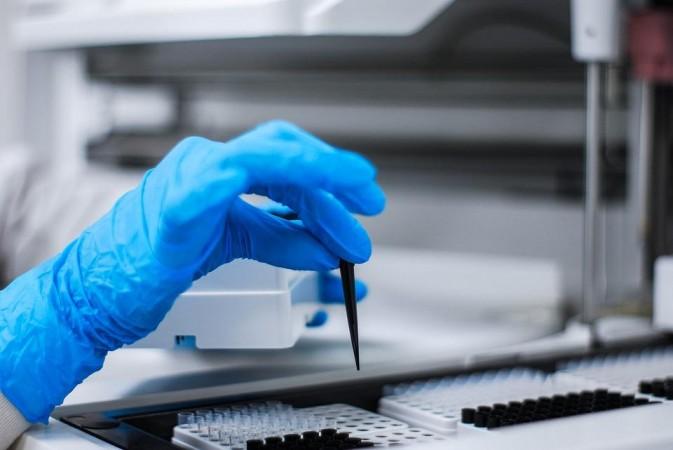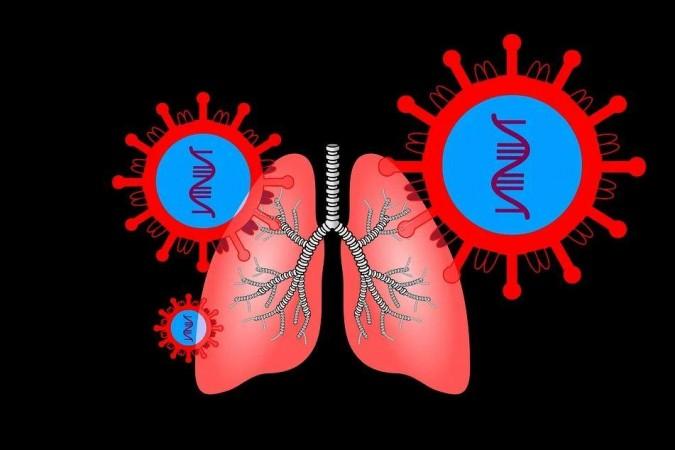Doctors are often left in a fix when patients complain of symptoms that are common amongst infections(generally respiratory illnesses) caused by both bacteria and viruses. This is compounded by the absence of a rudimentary tool to identify the specific disease-cause pathogen. Offering such a diagnostic tool, scientists have developed a first-of-its-kind test that can accurately differentiate between bacterial and viral infections and provide results within an hour.
In a new study, researchers from Duke Health have demonstrated a testing technology that distinguishes between viral and bacterial infections causing respiratory illnesses with relatively high accuracy. This can help doctors decide whether patients require antibiotics or not.

Talking about the need for such a rapid test, Prof. Ephraim Tsalik, lead author of the study, said in a statement, "It's important that the distinction can be made quickly to ensure that antibiotics are not inappropriately prescribed."
Seeking Specific Signatures
Existing diagnostic techniques focus on the identification of specific pathogens. In these screening procedures, the detection of a particular pathogen is possible only if the test is targeted specifically towards it. For example, the SARS-CoV-2 RT-PCR detects the viral RNA of the coronavirus only.

However, the new method utilizes a form of gene expression known as host gene expression. Simply put, host gene expression is the process through which a pathogen initiates a change in the gene expression within the host organism.
Seeking out host gene expression signatures helps detect distinctive immune signals that are unique to the specific form of infection that the body is battling. Separate sets of genes are activated by the immune system in response to an infection, depending on whether it is caused by a virus or a bacteria.

After discovering specific gene expression signatures for viral and bacterial infections, the researchers partnered with BioFire Diagnostics, a firm specializing in molecular diagnostics, for the development of the new test.
High-level of Accuracy
Between 2006 to 2016, 623 patients with acute respiratory illness or suspected sepsis (who presented to emergency departments) were enrolled in the multisite study. Blood samples from the participants were collected in RNA preservatives (agents which help in the preservation of RNA in cells) and stored for later testing.
Using the novel test, the team identified viral infections with an impressive 87 percent accuracy and identified bacterial infections with 80 percent accuracy. This level of accuracy is above that of standard tests that are approximately 69 percent accurate. Most importantly, the results were yielded in under an hour. Also, the accuracy of the results was verified using two separate methods.

"Patients with these symptoms are inappropriately treated with antibiotics far too often due to challenges in discriminating the cause of illness, fueling antibiotic resistance. Our study shows that a rapid test to distinguish between these two sources of illness is possible and could improve clinical care," noted Prof. Tsalik.
Further studies involving additional groups of patients are already underway in order to validate the new test. The team has also begun working on the adaption of the new technique to gather more precise data on whether a virus causing respiratory illness is SAR-CoV-2 (Covid-19) or influenza or any other virus.













